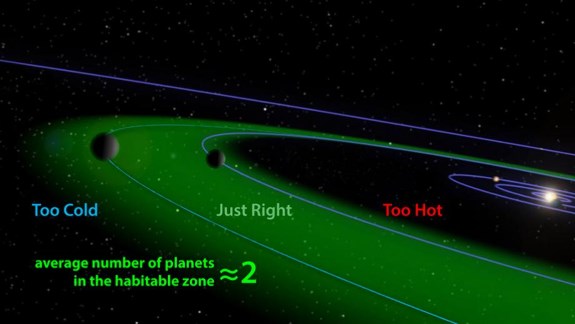To come to this conclusion, the researchers applied the Titius-Bode relation to the thousands of exoplanets discovered by the Kepler space telescope. Kepler can only discover large planetary bodies very close to their starts, so the team extrapolated the data using the theory that was used to predict the existence of Uranus in the 18th century.
“The ingredients for life are plentiful, and we now know that habitable environments are plentiful,” said Associate Professor Lineweaver, from the ANU Research School of Astronomy and Astrophysics and the Research School of Earth Sciences.
“However, the universe is not teeming with aliens with human-like intelligence that can build radio telescopes and space ships. Otherwise we would have seen or heard from them.
“It could be that there is some other bottleneck for the emergence of life that we haven’t worked out yet. Or intelligent civilisations evolve, but then self-destruct.”
